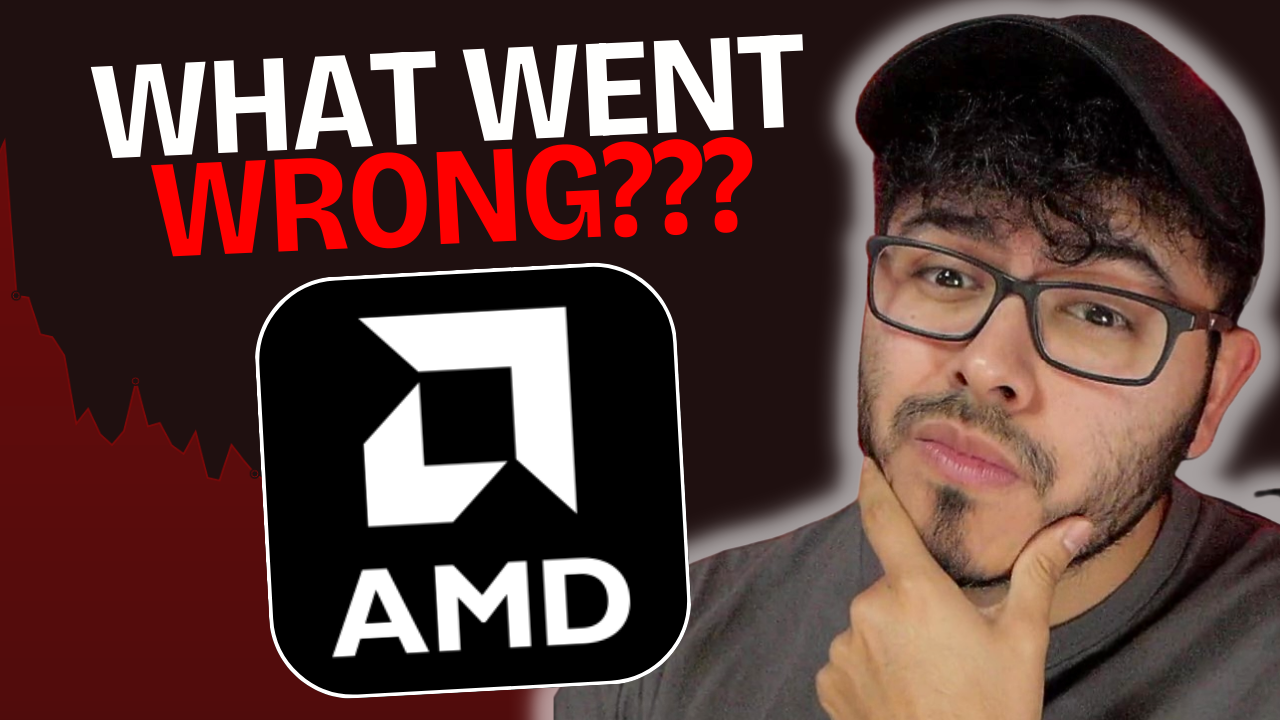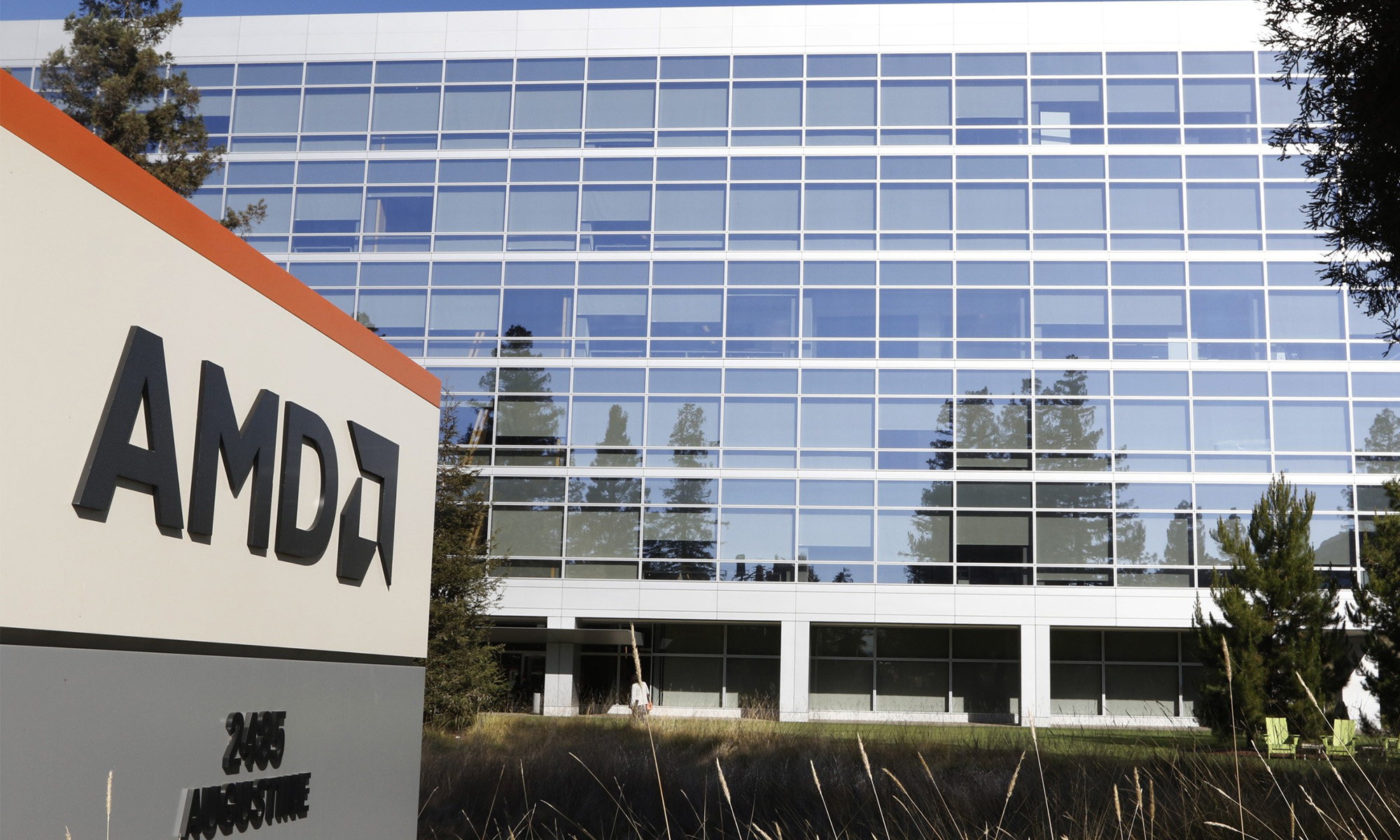AMD (AMD 2.02%) just lost one of its most important executives, Chief Architect of Microprocessor Cores Jim Keller. Keller, who resigned to pursue other opportunities, led the teams that defined AMD's road maps for CPU cores, systems IP, and server and client SoCs. CTO Mark Papermaster will take over Keller's responsibilities.

Source: Pixabay.
This isn't the first time Keller left AMD. Prior to leaving the first time in 1999, Keller helped develop AMD's Athlon K7 processor and served as the lead architect of the K8 microarchitecture, which both took a bite out of Intel's market share in PCs. A few years later, Keller became VP of engineering at P.A. Semi, a mobile chipmaker that was acquired by Apple (AAPL 0.83%) in 2008. At Apple, Keller helped design its A4 and A5 SoCs for iPhones and iPads.
AMD finally hired Keller back in 2012 to design its next-generation Zen chips, which many analysts consider the chipmaker's last chance to strike back at Intel (INTC +6.47%) in the PC chip market. So does Keller's abrupt departure, months before Zen's potential launch, indicate that AMD could be in deep trouble?
Zen's uncertain future
AMD needs Zen to succeed, because its predecessor, the Bulldozer family, was a disaster. When Bulldozer launched in 2011, it couldn't compete against Intel's processors in terms of single-threaded performance. Subsequent revisions -- Piledriver, Steamroller, and Excavator -- boosted performance, but AMD failed to close the gap with Intel. As a result, AMD's share of the worldwide PC market fell from nearly half in 2006 to less than a quarter today, according to PassMark Software.
With Zen, AMD will boost single-threaded performance by increasing the number of instructions per cycle, or IPC. AMD claims that Zen will offer a 40% increase in IPC over Excavator and support simultaneous multi-threading. However, Zen might launch far too late to challenge Intel. A recent report at DigiTimes claims that Zen won't arrive until the fourth quarter of 2016 "at the earliest".
Intel plans to update the recently launched 14nm Skylake with the Kaby Lake revision in the second half of 2016, then launch the 10nm Cannonlake in 2017. This means by the time the 14nm Zen arrives, it could be quickly marginalized by Intel's newer chips. AMD hopes to promote Zen to hardcore gamers first, but Intel PC Chief Kirk Skaugen basically said the exact same thing about Skylake during the Citi 2015 Global Technology Conference.
How badly could this hurt AMD?
AMD tried to downplay connections between Keller's departure and the future of Zen. Speaking to Hexus.net, AMD stated that the company had already entered "the completion phase of the Zen Core," and that Keller's departure was "not expected to impact our public product or technology road maps" and that the company remained on "track for Zen sampling in 2016 with first full year of revenue in 2017."
We won't know the full impact of Keller's departure until Zen launches, but we know that AMD desperately needs a hit product line to lift its ailing computing and graphics division, which has been crushed between Intel's x86 chips in PCs and NVIDIA's (NVDA +1.00%) add-in graphics boards. AMD's market share in add-in boards fell from 22.5% to 18% between the second quarters of 2014 and 2015, according to JPR. During that period, NVIDIA's share rose from 77.4% to 81.9%.
Last quarter, AMD's computing and graphics unit's revenue declined 54% annually as its operating loss widened from $6 million to $147 million. On the x86 front, AMD is relying on Carrizo, its new Excavator-based APU, to support CPU sales throughout the rest of this year. On the GPU front, AMD hopes that its high-end R9 Fury X, which can render 3D graphics at 4K, can hold its ground against NVIDIA's top-tier GTX 980 Ti. But based on AMD's weak position in both markets, it's likely that its top- and bottom-line losses in computing and graphics will keep piling up.
AMD has big problems at the top
AMD investors are probably getting used to big departures by now. Last year, CEO Rory Read was replaced by Lisa Su. Earlier this year, Computing and Graphics GM John Byrne, Chief Marketing Officer Colette LaForce, and Chief Strategy Officer Raj Naik all left the company.
However, Jim Keller's departure arguably hurts a lot more than those resignations. When AMD hired Keller back three years ago, Mark Papermaster enthusiastically claimed that Keller's "innovative spirit, low-power design expertise, creativity and drive for success will help us shape our future and fuel our growth". Unfortunately, it seems like that journey ended a lot sooner than AMD anticipated.









